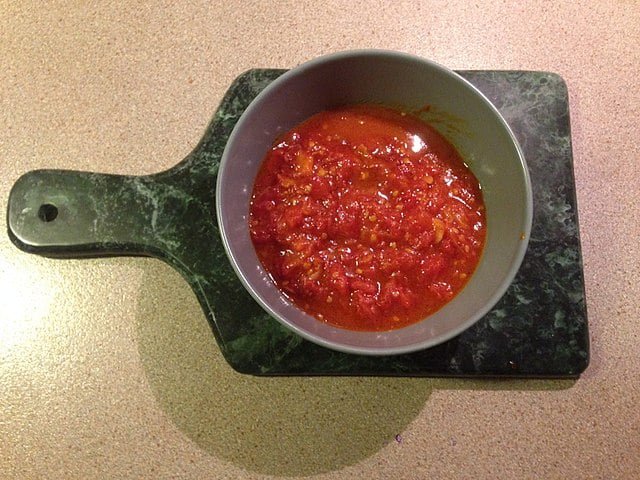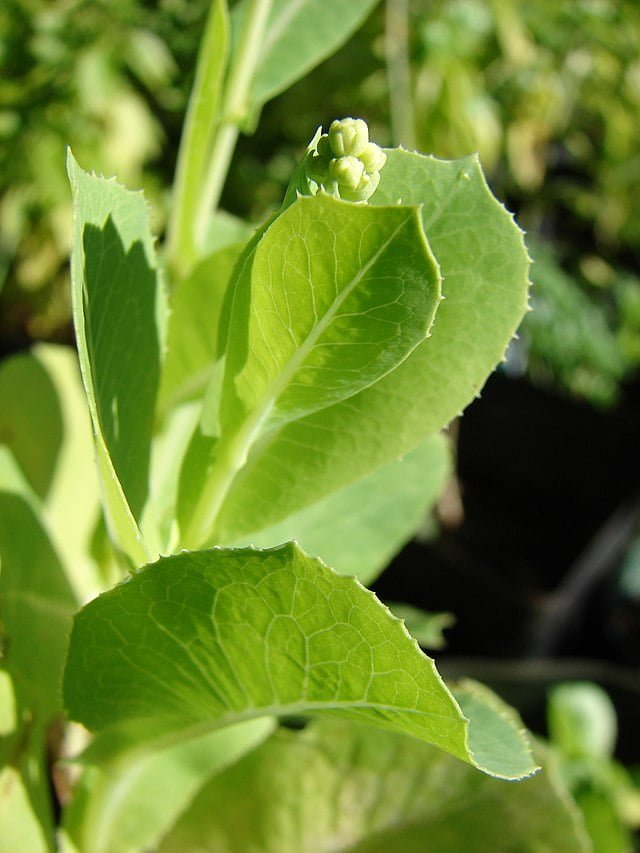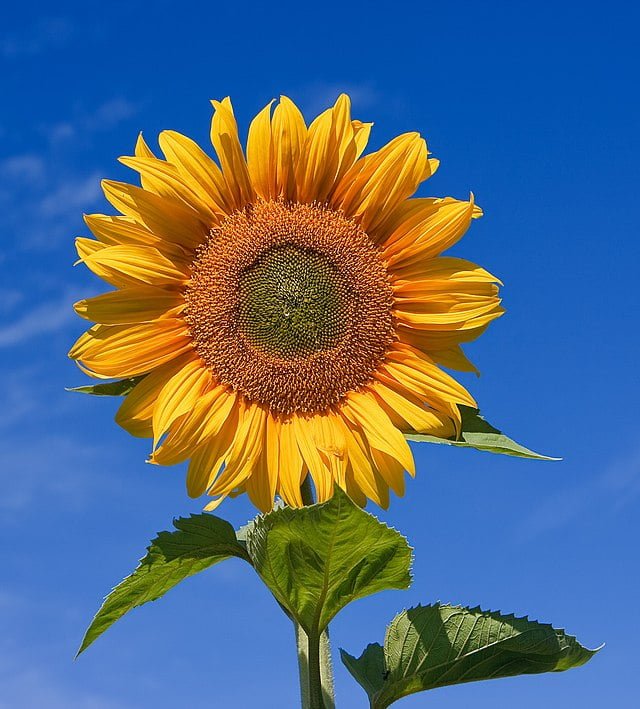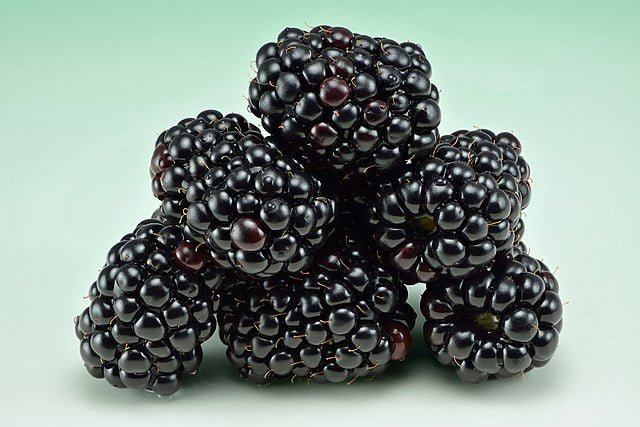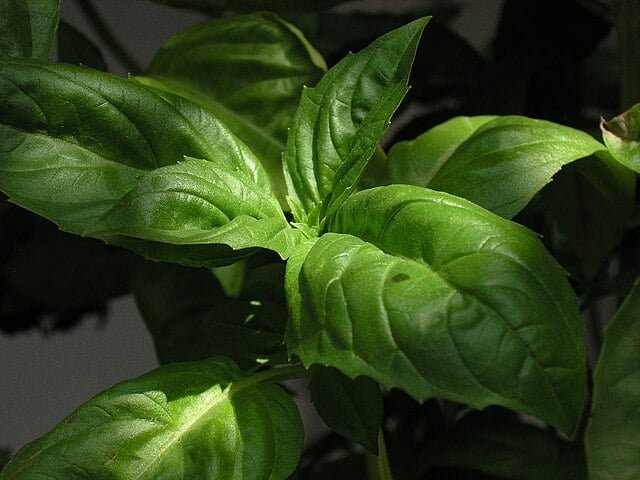Chili Peppers: A Dash of Heat
Chili peppers, known for their range of flavours and varying heat levels, are a fantastic addition to any home garden. They can add colour to your garden and spice to your plate. Chilies aren’t just about the heat, either. They’re packed with vitamins A and C, and their cultivation can be quite rewarding. Here’s your beginner-friendly guide to growing your own chili peppers at home.
Choosing Your Variety
There are countless chili pepper varieties out there, each with its unique flavour, heat level, and growing requirements. From the moderately mild Jalapeno and the medium-heat Serrano to the scorching hot Habanero and Ghost Pepper, there is a chili pepper to suit every palate.
Starting from Seed
Start your chili seeds indoors 8-10 weeks before the last expected frost. Plant the seeds in a seed-starting mix and keep the soil consistently moist but not waterlogged. Chili peppers appreciate warmth, so aim for a temperature around 70-85°F for optimal germination.
Transplanting Outdoors
Once your seedlings have developed 2-3 sets of leaves and the risk of frost has passed, they’re ready to be moved outdoors. Choose a sunny location with well-draining soil, ideally with a pH of 6.0-7.0. Provide enough space between the plants, approximately 18-24 inches apart.
Care and Maintenance
- Watering: Chili peppers need regular watering but do not tolerate waterlogged soil. Water deeply once the top inch of soil feels dry to the touch.
- Fertilizing: Feed your chili plants with a balanced vegetable fertilizer. Avoid over-fertilizing, which can lead to leafy, lush plants with fewer fruits.
- Mulching: Apply organic mulch to help maintain soil moisture, regulate temperature, and control weed growth.
Pest and Disease Control
Common pests for chili plants include aphids, flea beetles, and pepper maggots. Organic control measures, such as neem oil or beneficial insects, can effectively combat these pests. For disease prevention, ensure good air circulation, avoid overhead watering, and practice crop rotation.
Harvesting
Depending on the variety, chili peppers typically take 60-150 days to mature. They can be harvested at any stage, but letting them mature on the plant often increases their heat and flavour. When harvesting, use a sharp knife or shears to cut the peppers off, leaving a small bit of stem attached.
Growing chili peppers in your garden offers you a fresh supply of this fiery ingredient to spice up your meals. It’s a rewarding endeavour, suitable for gardeners of all experience levels. Following this simple guide will set you up for success in cultivating your very own chili peppers. So, why wait? Start adding a dash of homegrown heat to your garden and your plate today!


